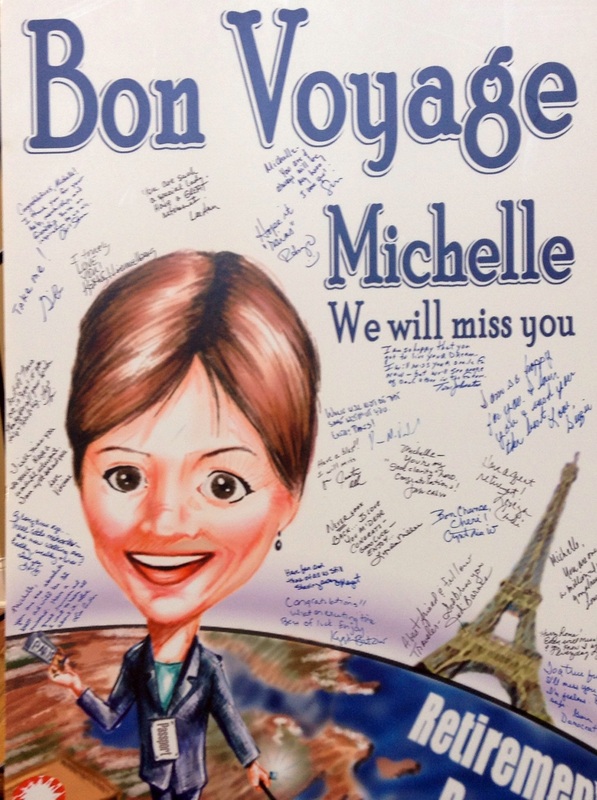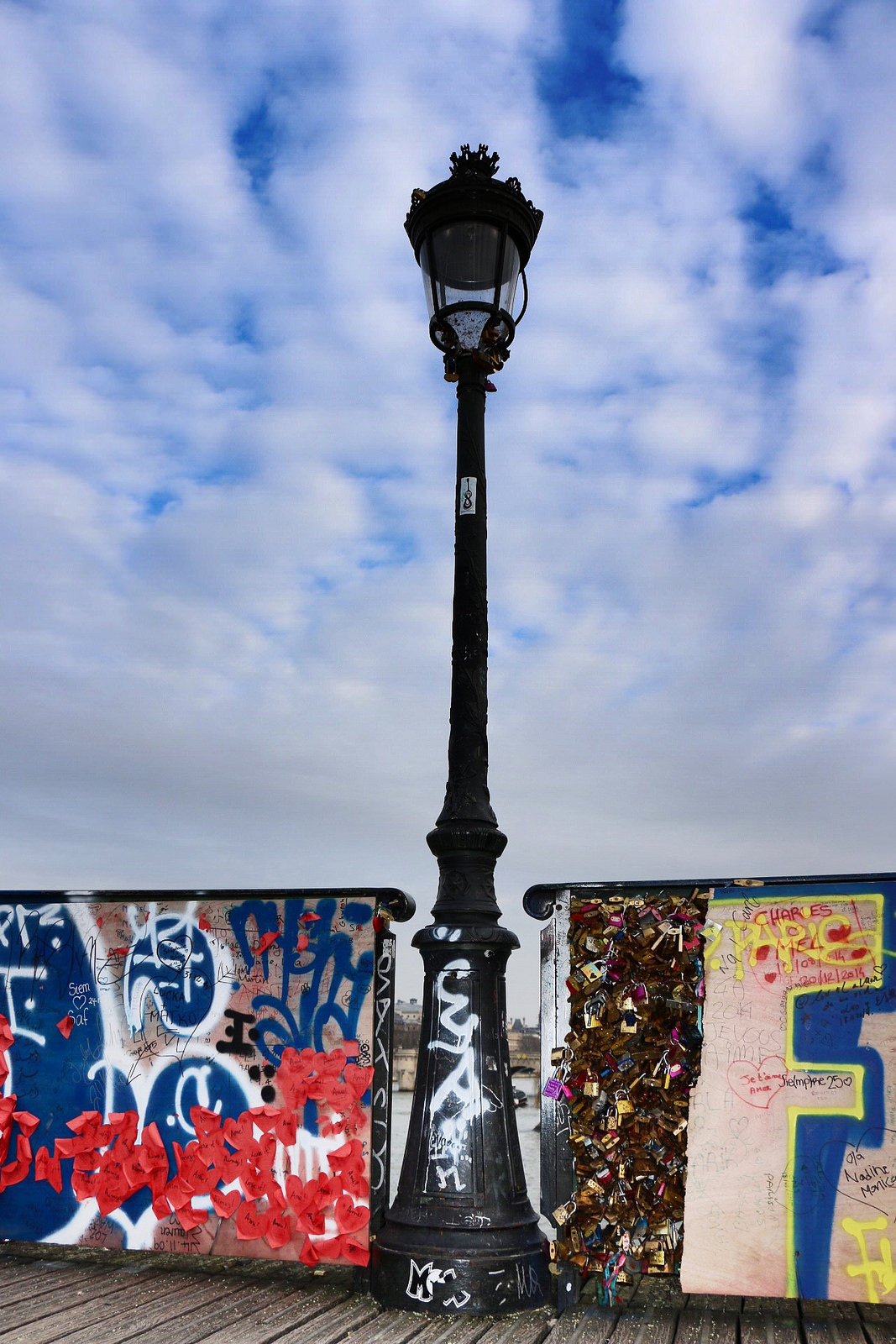The can't-miss palace with the sublime neoclassical face is a perfect example
of Parisian architecture the whole world has come to savor and envy.
The Institute of France (l'Institut de France) has been featured on many
postcards and posters of Paris -- but few admirers know what really
happens behind the firmly closed doors of this beacon of french culture.
Situated opposite the Louvre on the left bank side of the Pont des Arts, this architectural masterpiece is home to five french academies of arts and sciences: Humanities, Sciences, Fine Arts, Architecture, and Political Science.
Sound boring?
Hardly.
It's here where the french state provides both money and influence
to keep passion and tradition alive for all things France.
The Institute manages the National Academies, giving life to much
loved museums, libraries, foundations, castles and other cultural icons.
They award millions of euros in grants to keep our favorite
french fixtures up and running.
This river landmark, founded in 1795, was designed by Louis Le Vau -- the
same guy who was responsible for the Louvre and Versailles.
With credentials like that, you know you're getting something timeless and immortal.
Speaking of immortal, one of the five academies headquartered
here is the brain-trust assigned to the all but impossible task of
safeguarding the purity of the french language.
If you took a french language course in high school or college,
before long you'll realize the language you thought you learned is not
the same dialect spoken on the streets and in the media today.
The Académie Francaise, made up of 40 elected officials called "Immortals",
is the think-tank best known as the language police.
Simply put, they champion the purification and preservation
of the French language.
Pride of ownership can be seen throughout France whether it's
architecture, the arts, cuisine, history or fashion.
Long celebrated as the universal language of educated Europe, France takes
pride in its historic role as "official" lingo of the influential and educated.
The legacy is real.
Crowned kings and queens spoke French instead
of their own country's native ( read "peasant") language.
Up until the end of WWI, diplomacy, literature and the arts were all
first and foremost conducted in French.
Although initiated in 1635 by the Chief Minister of France, Cardinal Richelieu, many conservatives feel the Académie Francaise is more important than ever.
With the increasing domination of the English language and American clout in world affairs, a meeting of the minds was considered critical to "save" the French language. The so-called Immortals, guardians of the French language, try to steer
the country away from an overload of foreign influence.
Why is this important?
In 1789, close to 50% of France did not speak the official French language at all, preferring to speak the dialect of their own backyard,
be it Basque, Breton, Occitan, or any one of a variety of local color.
Much more than just a "southern accent" or "northern speak",
these were historically homegrown languages,
often totally indiscernible from France's own.
The insistence on one common language is one of the founding
principals that served to unite the country into one definable entity.
In a world seemingly dominated by speed and constant change,
the Académie Francaise certainly has its share of critics.
The world is not static.
Outside influences continue to rage as our modern techie world
mutates our everyday conversation.
But still, it's extraordinary to see a commitment
to hold dear a beautiful language that has meant to much to the
world of art, literature, science and culture.
The forty-member team of the Academy are voted in for life.
They take their responsibility seriously even though they have no legal power to restore the vocabulary and grammar they so painstakingly "fix".
Of the 726 Immortals elected over the course of the centuries,
eight have been women, the first elected in 1980.
These members are not all wordsmiths though it's clear
as ice that many from the literary world have been selected.
Alexander Dumas and Victor Hugo, clearly literary icons -- as well as scientist
Louis Pasteur were members -- as were many others from professions
ranging from politician to philosopher, clergy, mathematician and historian.
too much pain to the patient citizens of France.
Fast as I can say "Je ne comprend pas", perhaps they'll forgive
this language-challenged traveler when they realize their own everyday
speech is mutating to an almost unrecognizable level.
New slang, fresh idioms, complex phrasing -- it's a tangled maze for
anyone remotely versed in the classic french language.
In the meantime, I'll celebrate a few of the French words I love and understand best:
détente, cinema, silhouette, praline, art nouveau, facade, déja vu, petite, potpourri,
meringue, paté, foie gras, regime, niche, attaché, adieu, a la mode, au gratin,
au naturel, rendez-vous, sauté, purée, tour de force, fait accompli, femme fatale,
crème brulée, demitasse, chic, RSVP, objet d'art, par excellence, maitre d', joie de vivre, nom de plume, carte blanche, savoir-faire, café au lait, risque, par excellence, voila, fait accompli, encore, soup du jour, c'est la vie, tête-a-tête
and my all time fave:
Bon Voyage
See, I speak French fluently......
menteuse (liar)
the bridge that "frames" the beauty of its setting.
The Pont des Arts is famously known as one of the most lively bridges in Paris.
The wooden planked pedestrian crossing was the very first
iron bridge in this innovative river city.
Typically filled with artists, musicians and lovers, it's an iconic piece
of the Paris landscape, one you're sure to remember for years to come.
With the Institute of France on one side and the Louvre on the other,
capped by a nice long view of both the Eiffel Tower and the spires of
Notre Dame from the middle, you'll be able to take in much of what
makes Paris so astonishing as you traverse the Seine.
But then again, there are those damnable love locks.**
Admittedly, I thought they were pretty adorable when they first appeared.
But now --- dear God -- they're draining the strength of this 200+ year old bridge.
In 2014, the weight of the lovers' padlocks collapsed part of the bridge railing,
raising concern and outrage by city officials and culture vultures alike.
**note, since this blog was first published, the love locks have been removed -- Bravo, Paris!
The consequences of unbridled love -- sounds like "the talk" I had
years ago with my teenaged daughter....
No one wants to block eternal love in the City of Love, especially me -- but
for crying out loud, hundreds - no, make that thousands
of pounds of love takes its toll over the years.
I'll vote for preservation of this historic bridge
over a sentimental fad any day of the week.
So please, make love -- not war -- on this iconic bridge.
Kiss kiss, hug hug, leave your mark on the lips (not the bridge) of your one true love.
Protect the Pont des Arts.
And enjoy the classic beauty of the Institut de France.






 RSS Feed
RSS Feed
